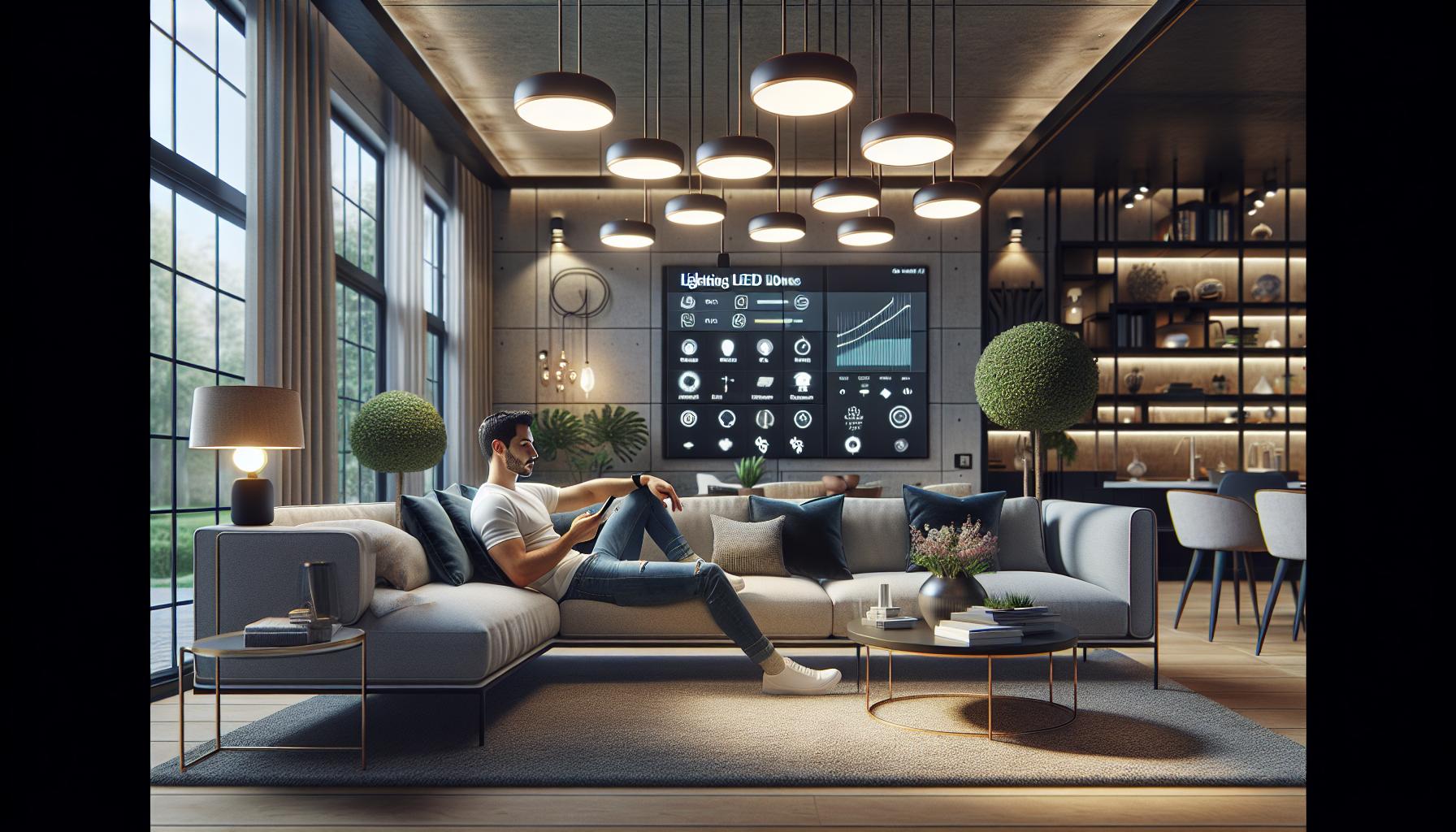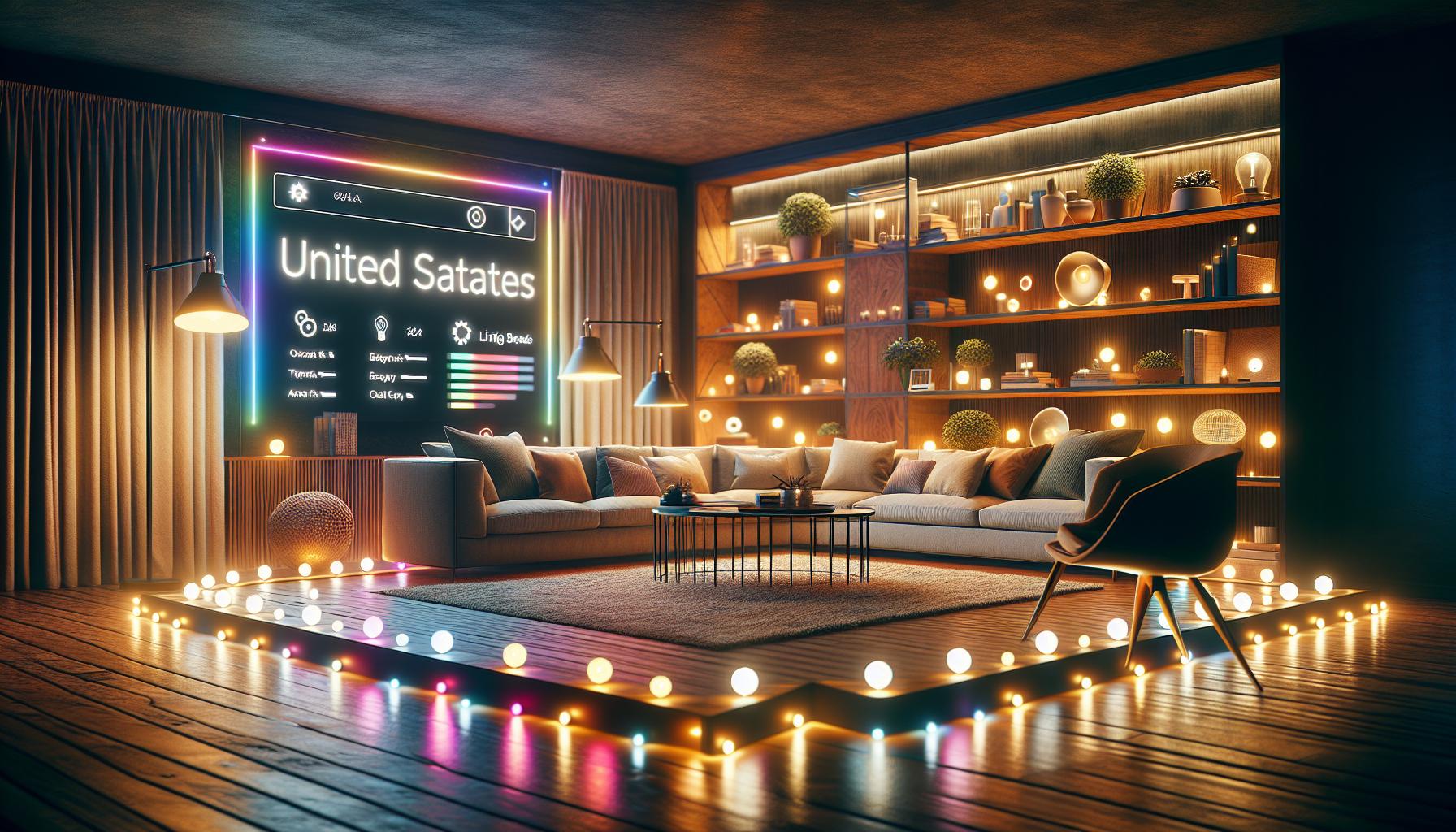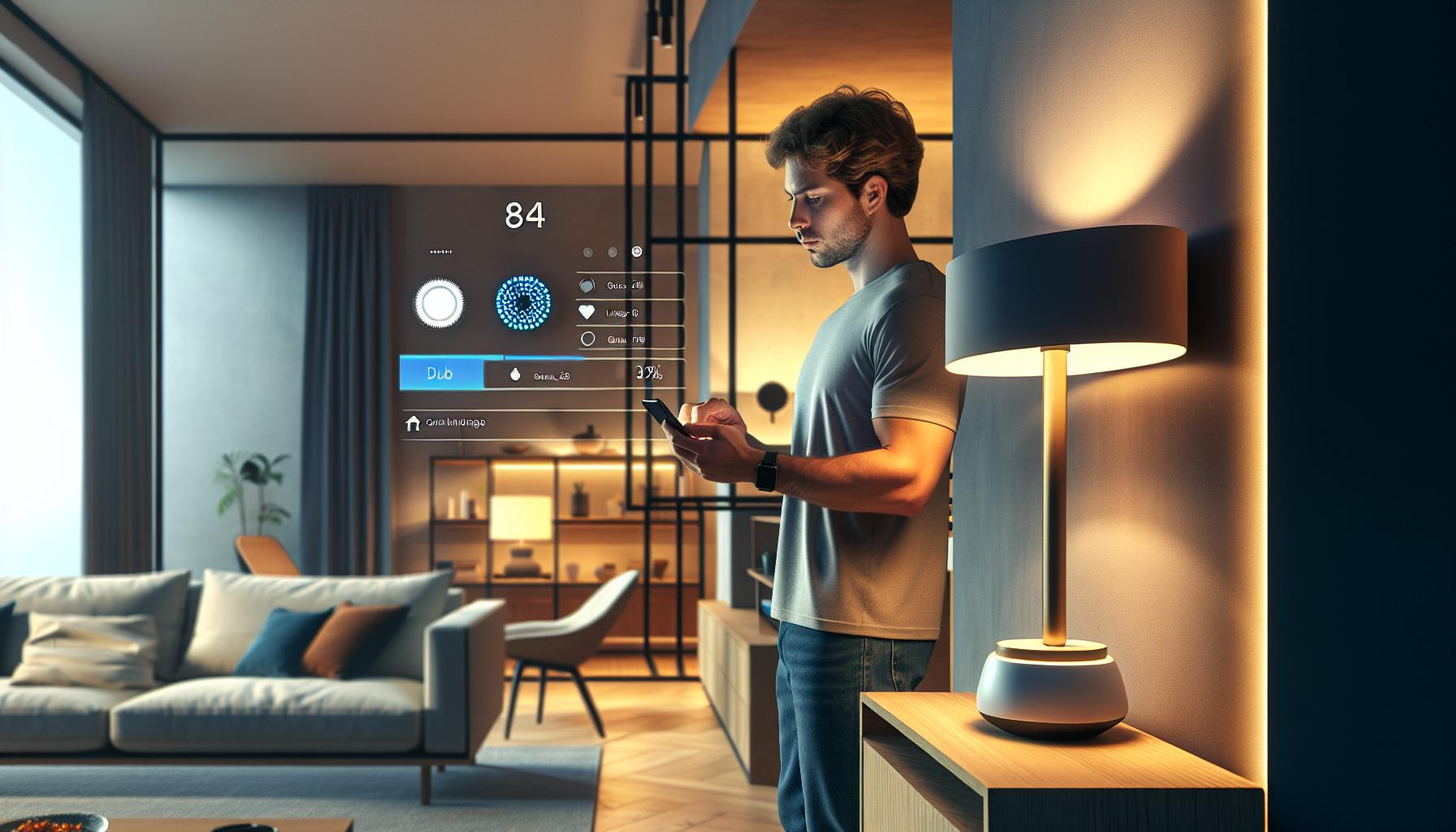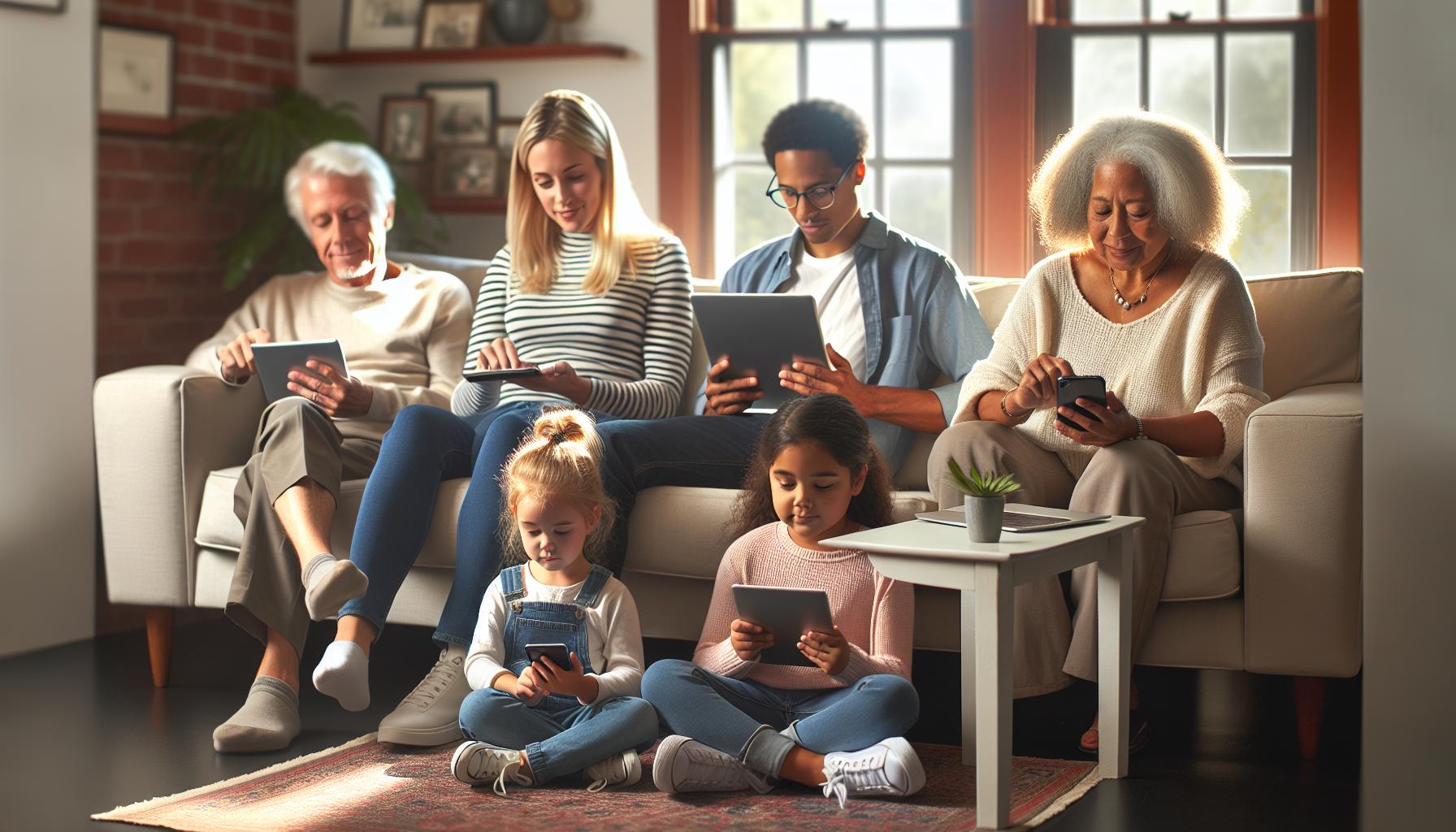Key Takeaways
- Immersive Experiences: 3D virtual reality (VR) creates lifelike environments that enhance user engagement across various applications, from gaming to education and healthcare.
- Key Technologies: Essential hardware components like head-mounted displays, motion controllers, and tracking systems are critical for delivering immersive 3D VR experiences.
- Diverse Applications: 3D VR is reshaping multiple industries, facilitating innovative learning experiences in education, realistic training simulations in healthcare, and dynamic interactions in gaming.
- Emerging Challenges: Technical limitations, such as hardware constraints and user experience issues like motion sickness, pose challenges to the widespread adoption of 3D VR technology.
- Future Innovations: Upcoming trends like enhanced interactivity, AI utilization, and integration with 5G technology promise to evolve 3D VR, broadening its reach and improving user experiences.
In recent years, 3D virtual reality has transformed the way people experience digital environments. This cutting-edge technology immerses users in lifelike simulations that blur the line between reality and the virtual world. From gaming to education and beyond, its applications are vast and continually expanding.
As the technology evolves, it offers new opportunities for creativity and interaction. Users can explore fantastical realms, participate in realistic training scenarios, or connect with others in shared virtual spaces. The potential of 3D virtual reality is not just limited to entertainment; it’s reshaping industries and enhancing everyday experiences.
Future of Virtual Reality
3D virtual reality (VR) creates an immersive digital environment where users feel present in a three-dimensional space. It utilizes advanced technologies, including headsets, motion controllers, and trackers, to engage users fully. These devices simulate visual, auditory, and sometimes haptic feedback, enhancing the sense of presence and realism.
3D VR applications span multiple sectors. In gaming, it revolutionizes user interaction by allowing players to physically engage with the environment. In education, it immerses students in learning experiences, such as virtual field trips or complex simulations. Industries like healthcare utilize 3D VR for medical training, enabling practitioners to practice procedures in realistic scenarios.
3D VR also enhances collaboration by allowing remote teams to interact in virtual spaces, facilitating more effective communication. As technology advances, the potential for 3D virtual reality continues to expand, offering innovative solutions to real-world challenges while redefining how individuals experience digital content.
Key Technologies Behind 3D Virtual Reality
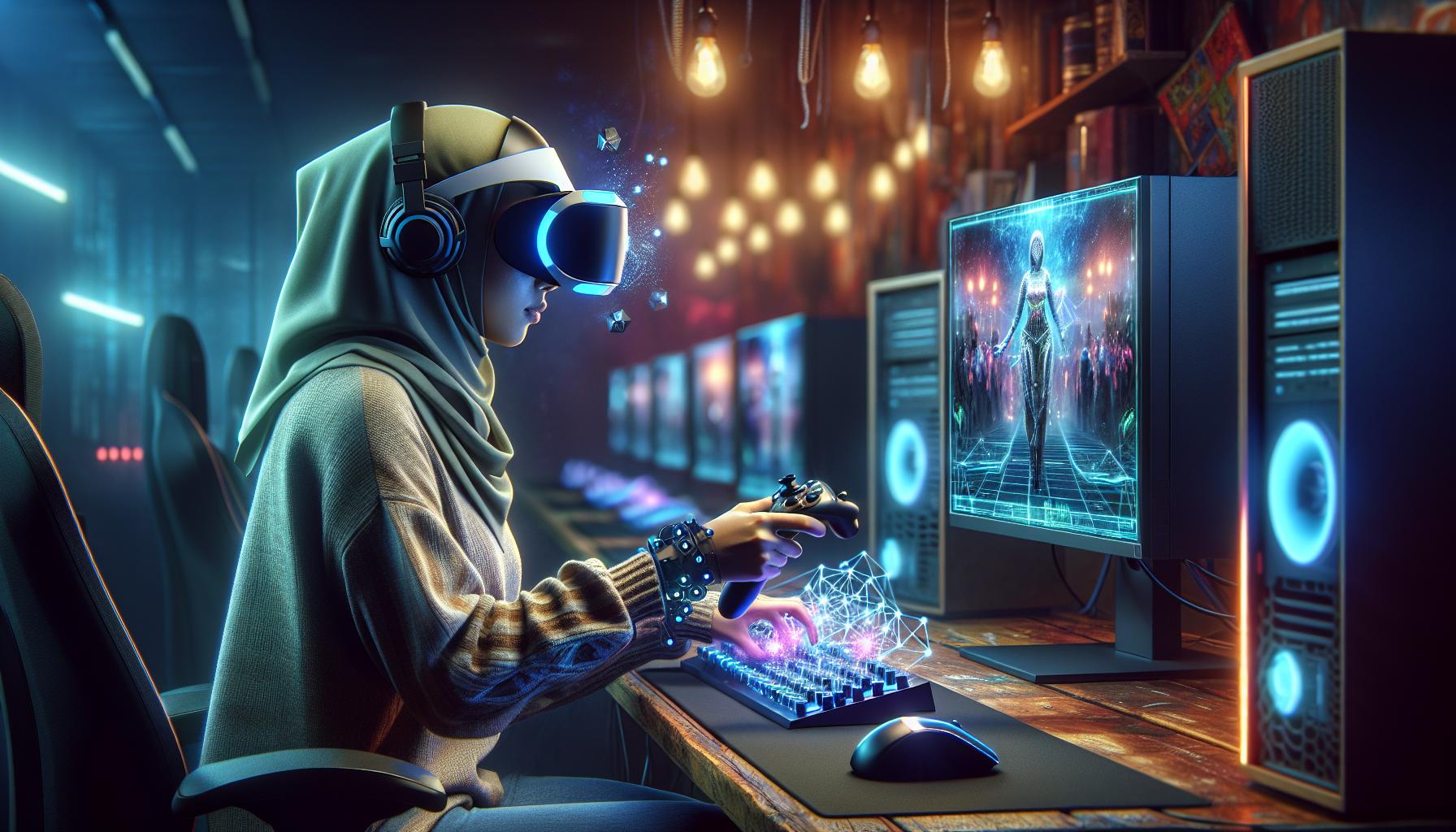
3D virtual reality relies on several key technologies that enhance immersive experiences. These technologies include essential hardware components and innovative software designed to create lifelike virtual environments.
Hardware Components
- Head-Mounted Displays (HMDs): HMDs provide visual immersion by placing screens in front of users’ eyes, displaying 3D imagery. Examples include Oculus Rift and HTC Vive.
- Motion Controllers: Motion controllers track users’ hand movements and enable interaction with virtual objects. Devices such as PlayStation Move and Oculus Touch serve this purpose.
- Tracking Systems: Tracking systems monitor users’ position and movement in real-time. Technologies like external sensors and inside-out tracking contribute to accurate spatial awareness.
- Audio Equipment: Spatial audio technologies create realistic soundscapes, enhancing immersion. High-quality headphones and surround sound systems deliver precise audio cues.
- Computers and Consoles: Powerful computing hardware processes complex graphics and runs immersive software. Gaming PCs and consoles like PlayStation and Xbox handle the demands of 3D VR.
- Game Engines: Game engines provide the foundational software platforms for developing VR applications. Popular engines like Unity and Unreal Engine support 3D content creation and real-time rendering.
- Simulations and Models: Detailed simulations replicate real-world scenarios for training and education. Software such as CAVEs or medical simulators utilizes high-quality 3D models for realistic experiences.
- User Interfaces (UIs): Custom UIs designed for VR facilitate intuitive navigation and interaction within virtual environments. Developers create focused interfaces tailored for HMDs and controllers.
- Networking Technologies: Networking solutions enable multi-user experiences by connecting users in shared virtual spaces. Protocols like WebRTC and dedicated servers support real-time communication.
- Artificial Intelligence (AI): AI plays a role in enhancing user interactions and generating adaptive environments. Machine learning algorithms analyze user behavior and modify experiences accordingly.
Applications of 3D Virtual Reality
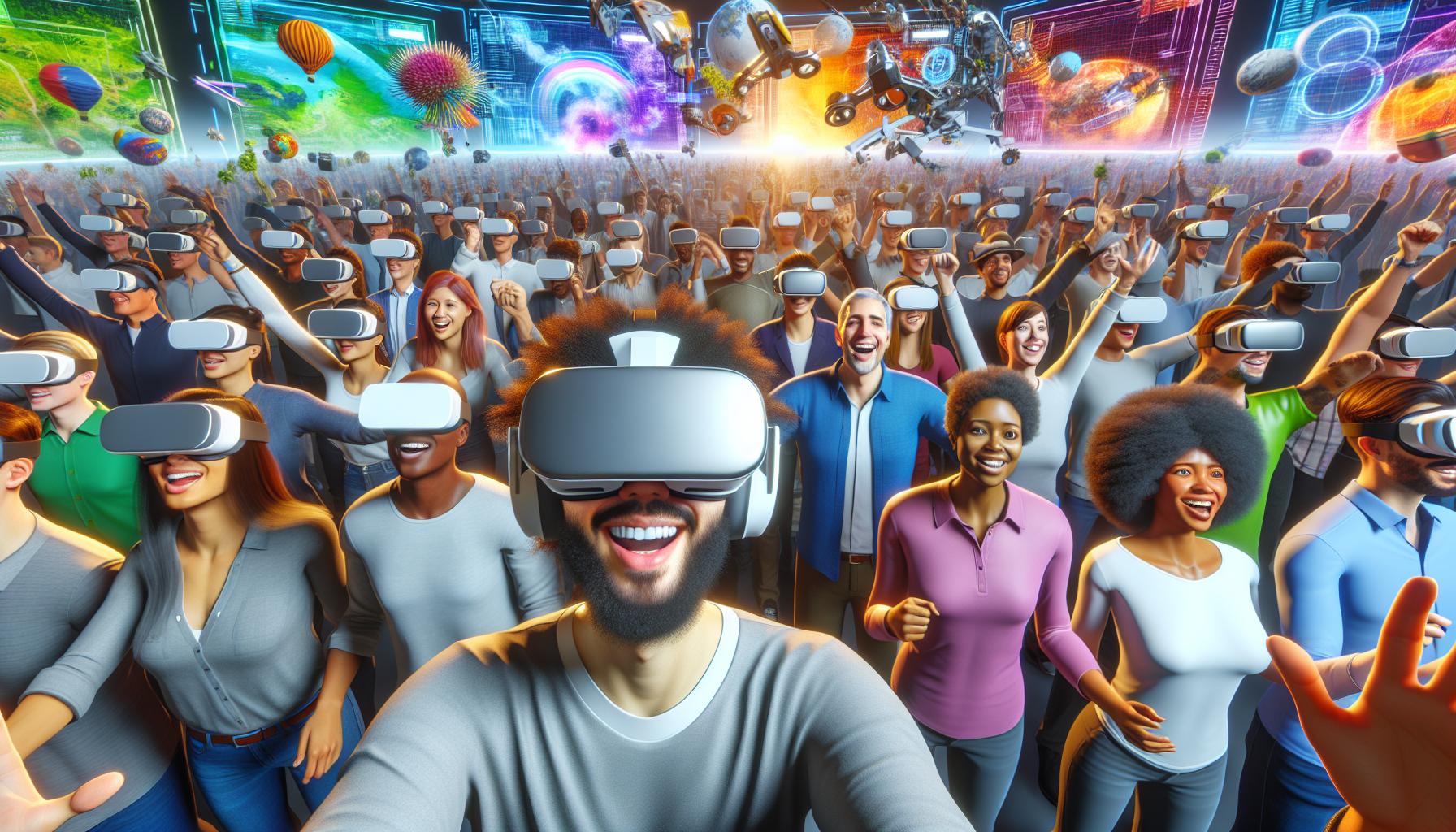
3D virtual reality (VR) finds applications across various sectors, each leveraging its immersive capabilities for enhanced experiences.
Entertainment and Gaming
3D VR transforms entertainment and gaming by providing immersive environments where users actively participate. Physical movement allows players to interact dynamically with the virtual world. Popular titles like “Beat Saber” and “Half-Life: Alyx” exemplify this engagement, showcasing how VR enhances realism and emotional connection. Events such as virtual reality concerts offer fans unique, live experiences that blend music with visually stunning environments.
Education and Training
3D VR revolutionizes education and training by creating engaging, interactive learning environments. Virtual field trips transport students to historical sites or natural wonders, making education more memorable. Training simulations provide professionals in various fields, such as aviation, engineering, and emergency response, with realistic, hands-on experiences to develop skills without real-world consequences. Research indicates that immersive learning can increase retention rates by up to 75%.
Healthcare
3D VR plays a critical role in healthcare, particularly in medical training and patient treatment. Medical professionals use VR simulations for surgical training, allowing them to practice techniques in a risk-free setting. Additionally, VR is employed in therapy for patients with phobias or PTSD, enabling gradual exposure to anxiety-inducing situations in a controlled manner. Studies show that VR applications in rehabilitation can enhance patient motivation and recovery outcomes.
Challenges in 3D Virtual Reality
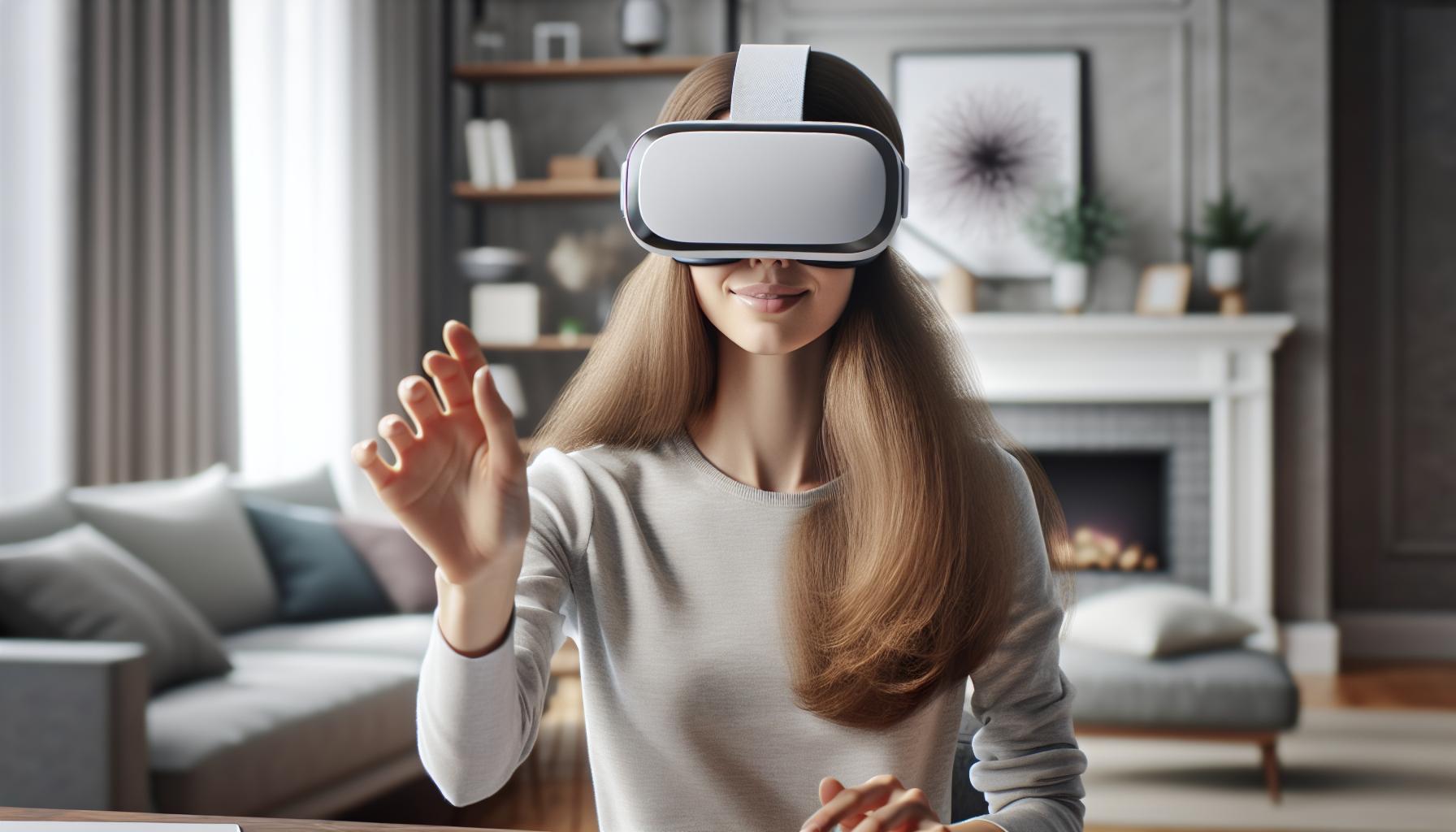
3D virtual reality faces several challenges that affect its widespread adoption and effectiveness. These challenges primarily revolve around technical limitations and user experience issues.
Technical Limitations
Technical limitations often hinder the development and usage of 3D virtual reality systems. Hardware constraints create barriers, as high-performance computers and advanced graphical processing units (GPUs) are essential for running complex VR applications smoothly. Motion tracking technology may suffer from latency issues, resulting in lag between user movements and virtual responses. Resolution and display quality also pose challenges; low resolution can lead to visual discomfort, detracting from immersion. Furthermore, compatibility across different devices complicates the development process, as developers must ensure that applications function seamlessly on various platforms and hardware setups.
User Experience Issues
User experience issues significantly impact engagement in 3D virtual reality. Motion sickness affects a subset of users due to discrepancies between visual cues and physical sensations, diminishing enjoyment. Additionally, the learning curve for new users can be steep, leading to frustration and potential disengagement. Interface design often lacks intuitiveness, complicating navigation within virtual environments. Users may also encounter challenges related to comfort and safety, particularly with extended use of headsets, which can cause physical discomfort and fatigue. Addressing these issues is crucial for enhancing user satisfaction and encouraging broader acceptance of 3D virtual reality technology.
Future Trends in 3D Virtual Reality
Emerging technologies continue to shape the future of 3D virtual reality, introducing innovative features and applications across various sectors.
Enhanced Interactivity
Enhanced interactivity promotes a more engaging experience in 3D VR. Developers integrate advanced motion tracking and haptic feedback, allowing users to manipulate virtual objects and enhance immersion. This technology creates a sense of presence, making virtual environments feel more realistic.
Social Integration
Social integration focuses on connecting users in virtual spaces. Platforms are developing shared experiences where users can interact in real-time, attend events, and collaborate on projects. This trend enhances communication and community-building aspects of VR.
Content Diversification
Content diversification reflects the growing library of VR experiences. Industries are investing in diverse content, ranging from virtual tourism and real estate showcases to interactive storytelling in gaming. The variety of available content broadens the audience and enhances the appeal of 3D VR.
Artificial Intelligence Utilization
Artificial intelligence utilization optimizes user experiences in VR. AI algorithms personalize content and adapt environments based on individual preferences. These advancements create tailored experiences, enhancing user satisfaction and exploration.
Accessibility Improvements
Accessibility improvements are crucial for reaching wider audiences. Innovations in hardware design, like lighter headsets and simplified controls, make VR more user-friendly. This trend aims to remove barriers for individuals with disabilities, enhancing the inclusivity of 3D virtual reality.
Integration with Augmented Reality
Integration with augmented reality expands the potential of 3D VR. Combining AR and VR technologies creates hybrid environments, allowing users to interact with both virtual and real-world elements. This synergy advances applications in training, education, and entertainment.
Advancements in Hardware
Advancements in hardware continue to push the boundaries of 3D virtual reality. Next-generation headsets offer higher resolutions and improved field of view, while advancements in processing power enable more complex simulations. These improvements enhance the realism and functionality of VR experiences.
Cloud-Based VR Solutions
Cloud-based VR solutions enhance accessibility and reduce hardware constraints. Users can access VR content via the cloud, minimizing the need for expensive equipment. This model democratizes access, allowing more individuals to experience 3D virtual reality.
Integration of 5G Technology
Integration of 5G technology transforms connectivity within VR. Faster data speeds and lower latency improve the quality of streaming VR content, enabling seamless multiplayer experiences. This connectivity fosters realistic interactions and supports real-time collaboration.
These future trends indicate that 3D virtual reality technology will innovate rapidly, impacting entertainment, education, healthcare, and beyond. Embracing these trends sets the stage for meaningful advancements in how users engage with digital experiences.
3D Virtual Reality
3D virtual reality is undeniably changing the landscape of digital interaction. As it continues to evolve the technology enhances engagement across various sectors while offering innovative solutions to real-world challenges. With advancements in hardware and software the potential for immersive experiences is expanding rapidly.
As industries embrace the capabilities of 3D VR the future looks promising for applications in entertainment education and healthcare. By addressing existing challenges and harnessing emerging technologies the journey into virtual reality is just beginning. The impact of 3D virtual reality will be felt for years to come as it reshapes how people connect learn and experience the world around them.
